
IMAGES
of Modern America
YPSILANTI
ON THE FRONT COVER: Clockwise from top left, the clock on Cross Street helps keep everyone on schedule (photograph by author, see ).
ON THE BACK COVER: From left to right, Pease Auditorium, Eastern Michigan University (photograph by Randy Mascharka, courtesy of Eastern Michigan University, see ).
IMAGES
of Modern America
YPSILANTI
James Thomas Mann

Copyright 2015 by James Thomas Mann
ISBN 978-1-4671-1346-5
Ebook ISBN 9781439651568
Published by Arcadia Publishing
Charleston, South Carolina
Library of Congress Control Number: 2014950767
For all general information, please contact Arcadia Publishing:
Telephone 843-853-2070
Fax 843-853-0044
E-mail
For customer service and orders:
Toll-Free 1-888-313-2665
Visit us on the Internet at www.arcadiapublishing.com
CONTENTS
ACKNOWLEDGMENTS
I am grateful to all who made this book possible; such a work is beyond the ability of one person to do alone. A thank-you goes to everyone at the Ypsilanti Historical Society, especially president Al Rudisill and all the volunteers who worked on the Photo Archive Project, from which many of the images in this book come. I am also grateful for the help provided by George Ridenour and Melanie Parker. The archives at Eastern Michigan University was a great help, and I am grateful for all that was done by archivist Alexis Braum Marks and Elizabeth Searls. I also received help from the staff of the Eastern Echo, especially advisor Kevin Devine and editor Nora Naughton. I am also thankful for the work done by university photographer Randy Mascharka. Finally, a thank-you must be expressed to Maynard Hanis, president of the EMU Huron Restoration Alumni Chapter, for permission to use the Huron logo in this work.
INTRODUCTION
Ypsilanti, Michigan, is a small city with a remarkable history. This book gives a hint of that history from the 1960s to the present. It is not a full chronology, as limits of space do not allow the inclusion of all that has happened. Some subjects that should be included are not because no photograph is available. Still, Ypsilanti has had quite a time over the years.
Positive things have happened during this recent history, such as new businesses opening and becoming successful, historic homes and buildings being preserved, and community events bringing residents together. There have been negative aspects as well, such as a serial killer, student unrest and protest, and the passing of residents. All make up the story that is Ypsilanti.
The city faces challenges that cause anger, frustration, and debate. These subjects will have to be dealt with, and tough decisions will have to be made. In time, the results of these decisions will be accepted and become part of the landscape of the city. Such happenings will be the subject of a future book.
The collection of people who make up the community of Ypsilanti is strong. In terms of the arts, there is a community choir, a band, and a symphony orchestra, and the city is also home to theater groups and artists.
A great deal is going on in Ypsilanti, and this book gives a hint.
One
1960S

The city of Ypsilanti, Michigan, is named after Demetrius Ypsilantis, hero of the Greek War for Independence. Newspapers in the United States called him the George Washington of that war. Even though a person of great stature, the city is named for a man who had nothing to do with its founding and was never in North America. (Photograph by the author.)
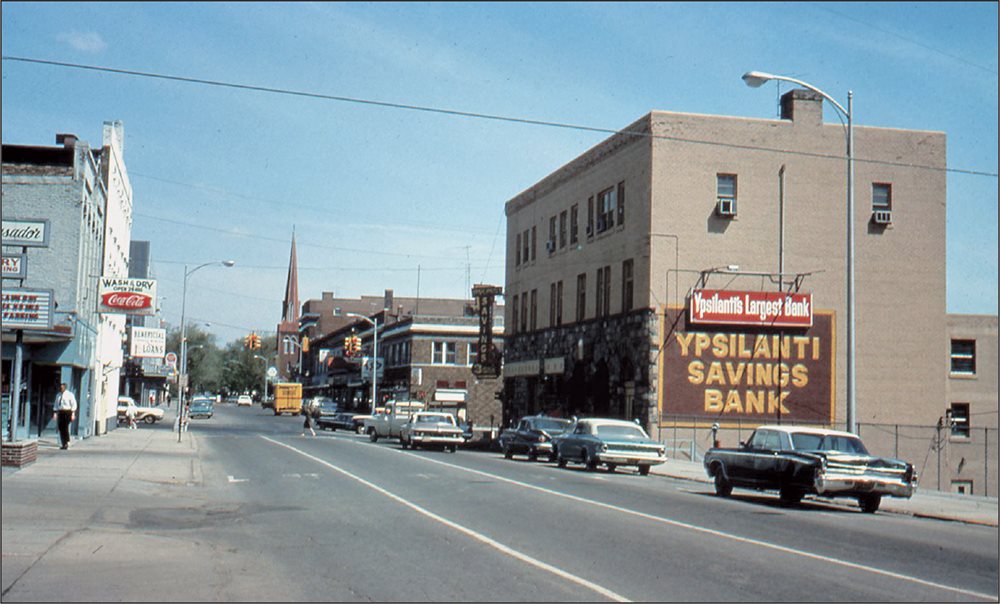
This north-facing photograph shows South Huron Street in the early 1960s. The building that is now city hall was then the Ypsilanti Savings Bank building. Its original brick was still visible. In the distance is the tall spire of St. Lukes Episcopal Church. (Courtesy of Ypsilanti Historical Society.)
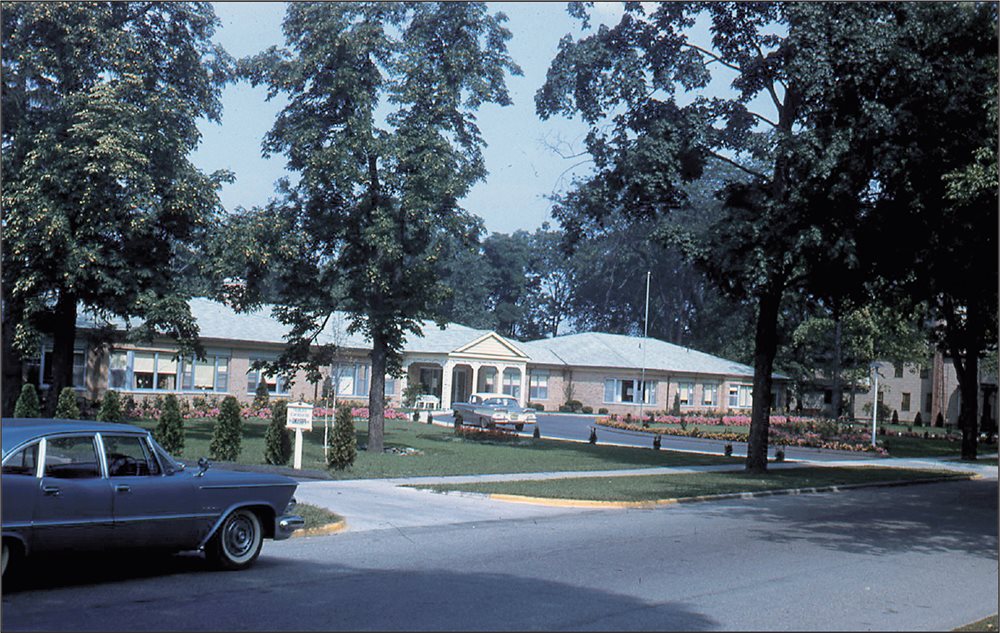
The Gilbert Residence, on South Huron Street, stands on the site previously occupied by the Swift home. Opened in 1960 as a home for seniors, the residence includes single bedrooms with a private bath, as well as larger rooms for couples. The facility includes a physical-therapy room and convalescent room. Today, the Gilbert Residence continues to provide quality care for seniors. (Courtesy of Ypsilanti Historical Society.)
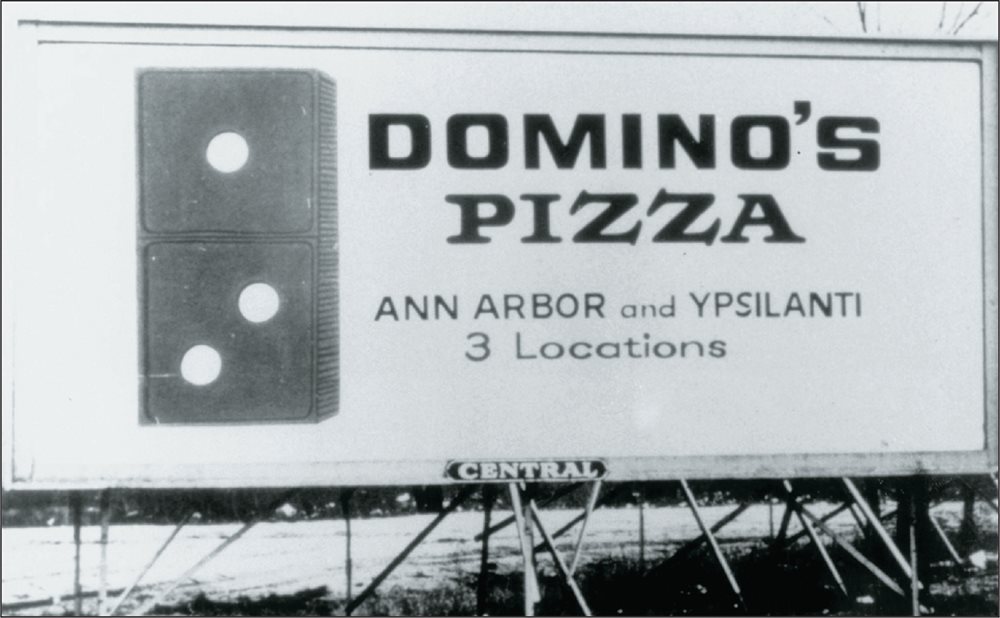
On December 9, 1960, Tom Monaghan and his brother Jim bought a hole-in-the-wall pizza store in Ypsilanti. It was known as Dominicks under the previous owner. This was the start of Dominos Pizza. (Courtesy of Ypsilanti Historical Society.)
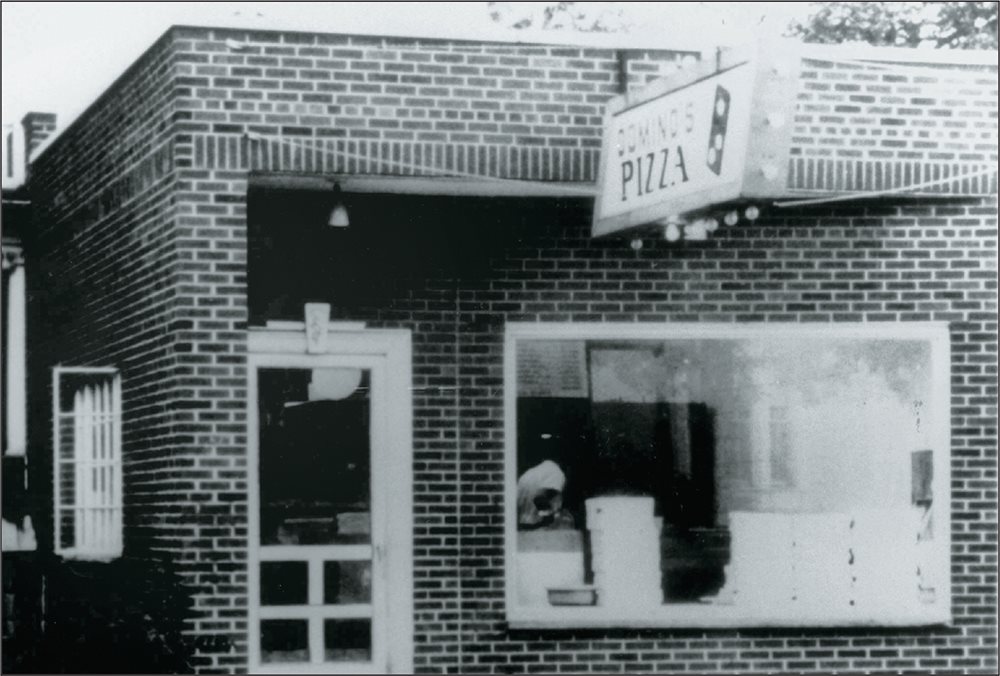
The first Dominos location was at 507 West Cross Street in a building 13 feet wide. Tom Monaghan lost money for the first 10 months he was in business. In time, he found his market: hungry college students at Eastern Michigan University who were not fed meals in the dining commons on Sunday evenings. (Courtesy of Ypsilanti Historical Society.)

Tom Monaghan tosses dough in the early 1960s. The name of the business was changed to Dominos in 1965. (Courtesy of Ypsilanti Historical Society.)
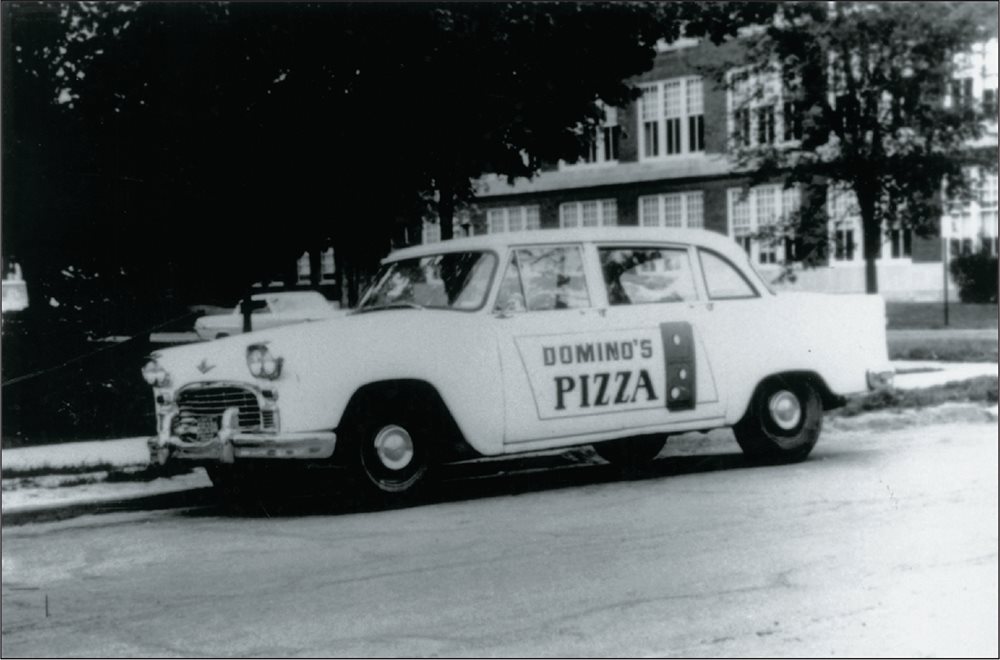
Thirty minutes or less or the pizza is free was one of Monaghans innovations in developing the fast home-delivery concept. A former checker cab was one of the first Dominos delivery vehicles. (Courtesy of Ypsilanti Historical Society.)
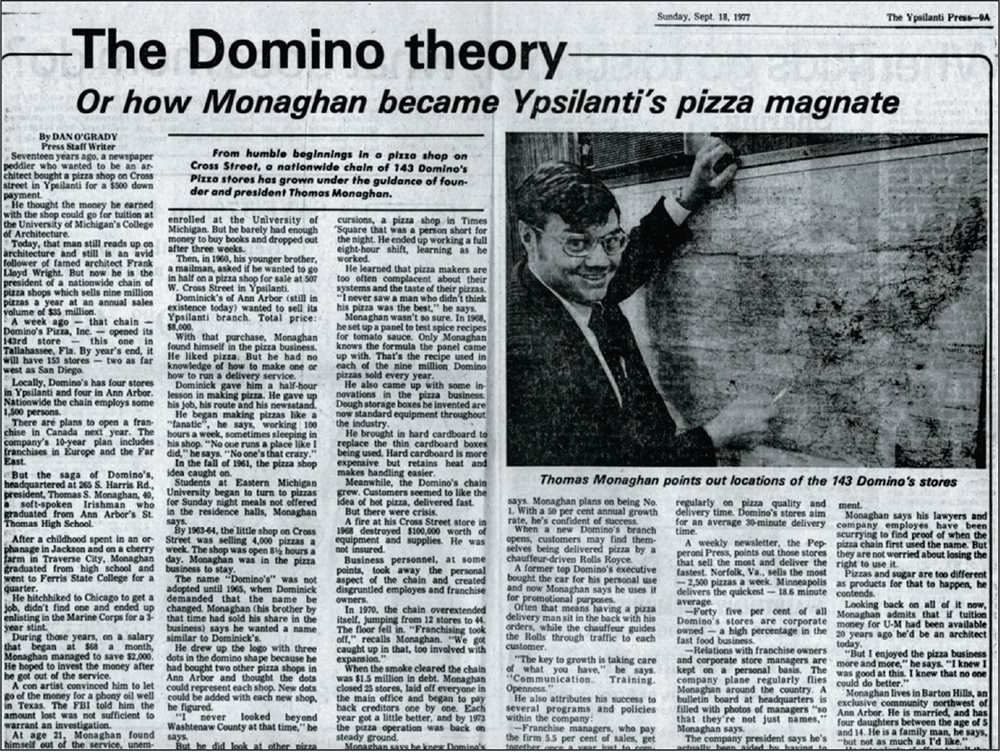
From one store on Cross Street to a billion-dollar business, Tom Monaghan and Dominos is an American success story. (Courtesy of Ypsilanti Historical Society.)
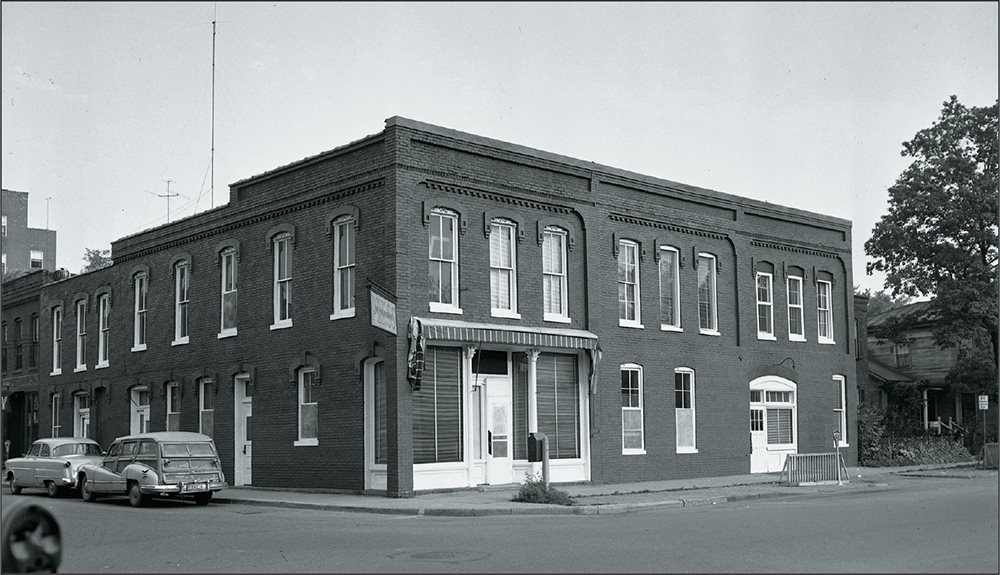
The Ypsilanti Press Building stood on the corner of North Huron and Pearl Streets. Damaged by fire in 1954, it was repaired and returned to use. The building was destroyed by fire in 1964, and the Ypsilanti Press moved into a building on Michigan Avenue. The site of the old building is now a parking lot. (Courtesy of Ypsilanti Historical Society.)
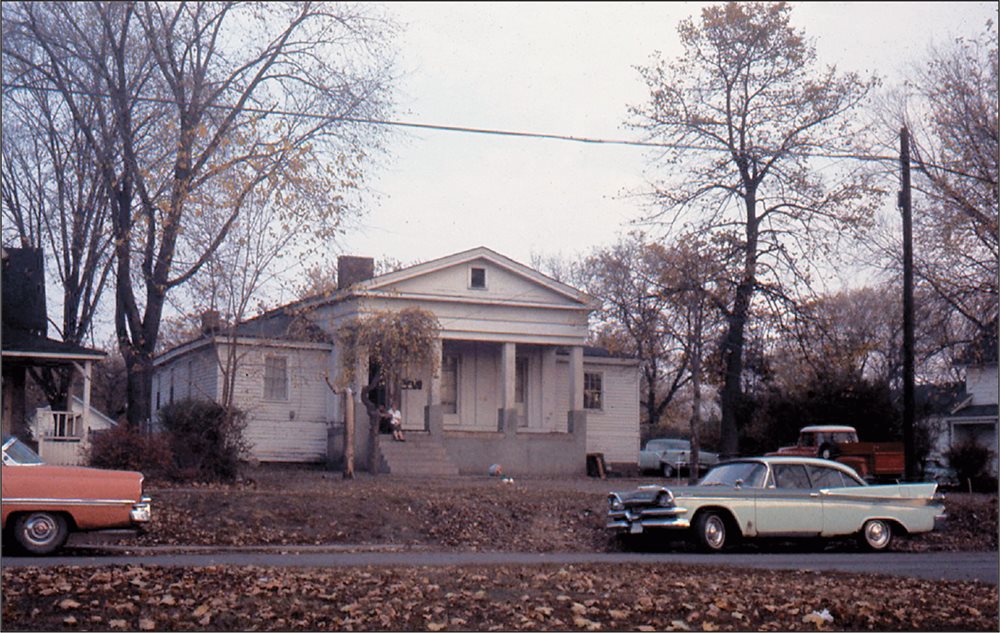
The Eurotas Morton house at 214 North River Street was one of the most historic residences in Ypsilanti. It was built before the Civil War. Morton baked bread and carried it to the Leonard Chase house on Cross Street, where it was fed to escaping slaves on the Underground Railroad. The house was razed in December 1964. (Courtesy of Ypsilanti Historical Society.)
Next page


















